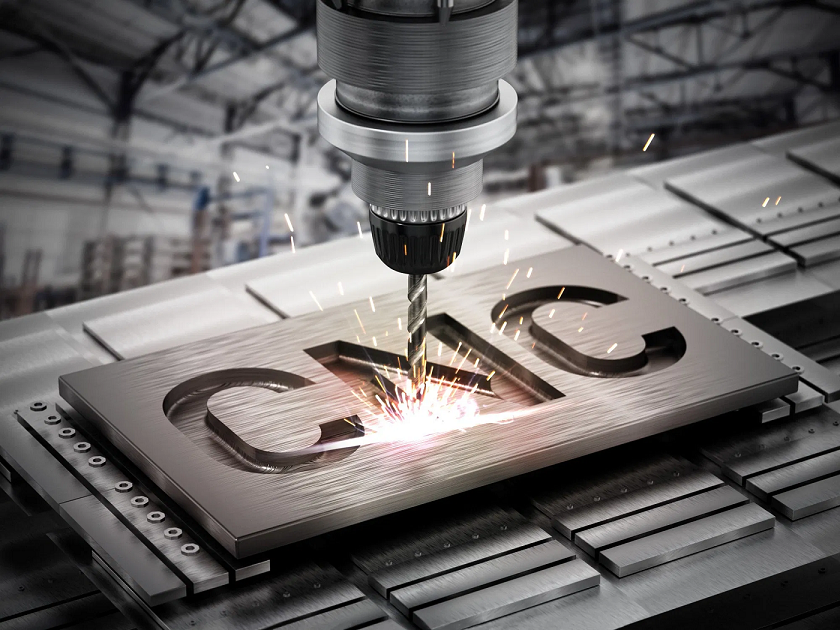Most of us will have run into some basic wood and metalworking equipment at some stage, often in classes at school. From these roots, modern CNC machining was born and a whole new, computerized age of creating metal parts was born. But what is CNC machining and how does it work?
What is CNC machining?
CNC machining is computer numerically controlled machining and is an electro-mechanical machine that uses a number of tools working on a number of axes, usually 3 or 5. This allows for a very high precision result because the machine is operated by a computer. It is one of the best ways for engineers, manufacturers or machinists to take a computer file and make a physical part or product. The other main way is with 3D printing.
But what is the difference between CNC machining and 3D printing? Well, the main difference is in how things are made. CNC machining is a subtractive process – in other words, the material is removed from the stock to create the part. 3D printing is an additive process where the material is added to build the part.
How CNC machines work
Back in the 1940s and 1950s when CNC machining first appeared, a system called ‘punched tape’ was used to code the data for machines to manually follow. Of course, this was very limited but as computers evolved, so did CNC machining.
Now, the systems work on something called G-code. This was originally created manually by the machinist but with the creation of computer-aided manufacturing (CAM) and computer-aided design (CAD), this G-code can be created by computers automatically.
It has also meant a lot of reduction in CNC cutting cost as the technology to create the code continues to improve. As machines get smarter, accuracy increases and what can be made expands but also this helps to cut the cost of every part manufactured.
CNC digital tool libraries
The other clever part about CNC machining is the use of digital tools that can allow the machines to make such a wide variety of parts. These digital tool libraries will work with the physical machine interface and can cost thousands of pounds to set up but once they are done, they will allow a huge range of parts to be created.
CNC machines move in one or two axes, usually known as the x-axis and the y-axis. Sometimes there is a third axis, the z-axis or sometimes the 2.5 axis – with this, the third axis moves only alongside one of the others, not entirely independently. Some machines will be labelled as up to 5 axes, but this is more about the freedom of cuts it can make rather than an increase in the equipment in use.
Physical machining technologies
The final element to understand what CNC machines do is the physical machining technologies they use. There are different ones but three core technologies that are adapted in different ways depending on what part is being created. The three most common are:
- Drills – similar to a drill bit in a handheld drill, these work by spinning
- Lathes – These are the opposite of drilling and spinning the block of material against a stationary bit or cutter for a circular or fluid path
- Milling – rotary cutting tools that remove material from the stock piece and work in a similar way to drills but with a lot more variety
What can be made?
There’s almost no limit to what a CNC machine can make with the right tools and computer designs. In fact, many of us will be surrounded by parts made in this kind of equipment from car parts to furniture fixtures and more. As computer technology continues to develop, what CNC machining can do will follow. You can always read more about CNC Machining services.

